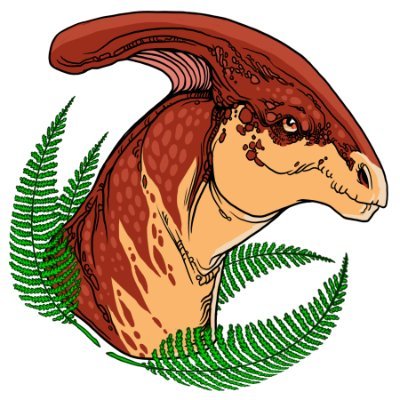Welcome to #Nigersaurus week! This derpy looking diplodocid was one of the smaller sauropods in the #fossil record. Native to #Niger during the Mid-#Cretaceous, this #dinosaur represents an odd branch in the long-neck lineage.
(#PaleoArt by @unclefrogface)
#Utahraptor is known from the "Yellow Cat Member" of the Cedar Mountain ecosystem of #Utah dating back to the early #Cretaceous. It is currently the largest known predator from this diverse ecosystem (expand photo below), making it a rare alpha predator in the #raptor family.
An armored #dinosaur from Queensland, Minmi lived about 130mya during the early #Cretaceous. It and its other armored counterparts from #Australia and Antarctica may form their own family, but for now they are all considered "basal" ankylosaurids. #paleontology
The ~16 meter long Diamantinasaurus is one of the largest #dinosaurs known from #Australia. Classified as either a basal titanosaur or a close relative to the Saltasaurids, this long-neck lived about 95mya. (#PaleoArt Credit to Travis Tischler)
Albertosaurus is the last known non #Trex tyrannosaurid from #Canada. It was more slender and smaller than its celebrity cousin, but could still reach ~10 meters long. Fossil evidence suggest they may have been highly social, pack-hunting #dinosaurs (Art credit: @weird_dog_thing)
To celebrate this #HumpDay, here is Deinocheirus! This #dinosaur lived about 70 million years ago in #Mongolia and was distinctive for its humped back and namesake "terrible hands". However, it was at least partially herbivorous. (#paleoart credit to @TalesofKaimere)







